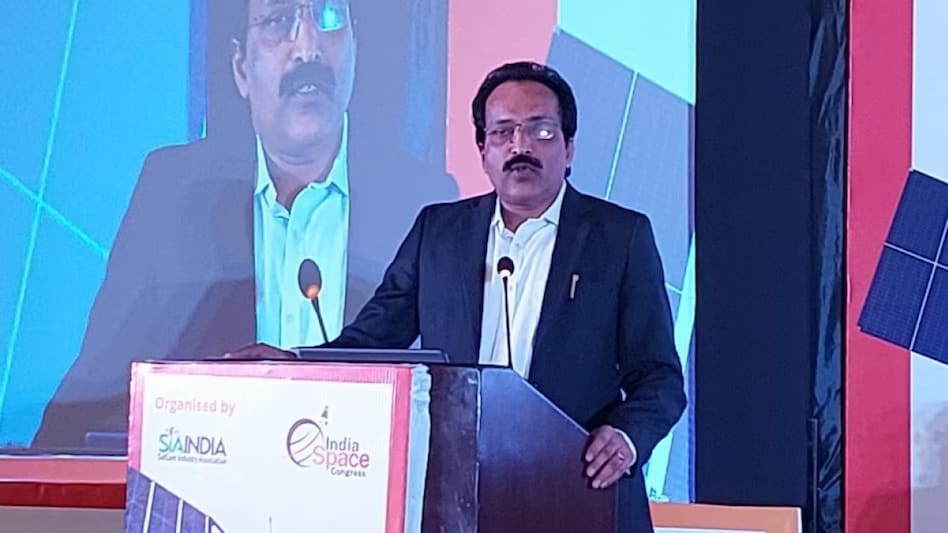 ISRO chief S Somanath is leading India's third lunar mission, Chandrayaan-3
ISRO chief S Somanath is leading India's third lunar mission, Chandrayaan-3 ISRO chief S Somanath is leading India's third lunar mission, Chandrayaan-3
ISRO chief S Somanath is leading India's third lunar mission, Chandrayaan-3Indian Space Research Organisation (ISRO) chief S Somanath is the man of the moment for the historic success of Chandrayaan-3, which landed on the southern polar region of the Moon on August 23. With the successful landing on the Moon, India has become the fourth country to achieve this rare feat and the only nation to land on the South Pole.
India achieved this success in its very second attempt under the leadership of Somanath, who took over as the chief of the country's space organisation in January 2022. Before ascending to this job, he was the director of Vikram Sarabhai Space Centre (VSSC) in Thiruvananthapuram, Kerala. He joined ISRO's VSSC, the lead centre responsible for launch vehicle technology development, in 1985.
Also Read - Chandrayaan-3: ISRO releases new video of Pragyan rover roaming on Moon's South Pole; WATCH
In a year-old interview with Congress MP Shashi Tharoor for Sansad TV, Somanath explained how he got interested in science and how he was recruited by the space agency. "I was very much fascinated by the Sun, the Moon, the stars. My father was a science enthusiast though he was a Hindi language teacher. He was interested in science, he would bring books, especially astronomy. Schooling time was very interesting. Later, I went to engineering, which was not a very easy option at that point in time. However, due to many circumstances, I went to engineering. There, I really developed a fascination for research and space science," he said.
Somanath did B Tech in Mechanical Engineering from TKM College of Engineering in Kollam from 1980-1985. Interestingly, there was no specialisation, and he was a mechanical engineer when he graduated from college. "During the course, I was interested in propulsion," he said, adding that he went and asked the professor if the latter could take a course on propulsion, which was not offered in the college. "He (professor) said I will study and teach you. We joined the (propulsion) course very first time in our college," he said.
Somanath then shared how he was recruited by the ISRO. He said he was recruited for the space programme at the time when the PSLV (Polar Satellite Launch Vehicle) project was starting. "There was quite a bit of intake of engineers into this (space programme), and we all applied while we were in college. I was only in the final year, and they were recruiting people in the final year based on the marks in the previous semesters or whatever. Five of us were selected. I happened to be one of them," the 60-year-old scientist, who is spearheading the Chandrayaan-3 mission, said. "It was because of a passion and interest which was within me that, you know, ultimately made reach here."
Nearly a decade after joining ISRO, Somanath earned a master's degree in Aerospace Engineering, Dynamics and Control from the Indian Institute of Science (IISc), the country's premier science research institute. He is an expert in the area of system engineering of launch vehicles. His contributions to PSLV and GSLV Mk-III (a heavy-lift launch vehicle) were in their overall architecture, propulsion stages design, structural and structural dynamics designs, separation systems, vehicle integration and integration procedures development, according to the space agency.